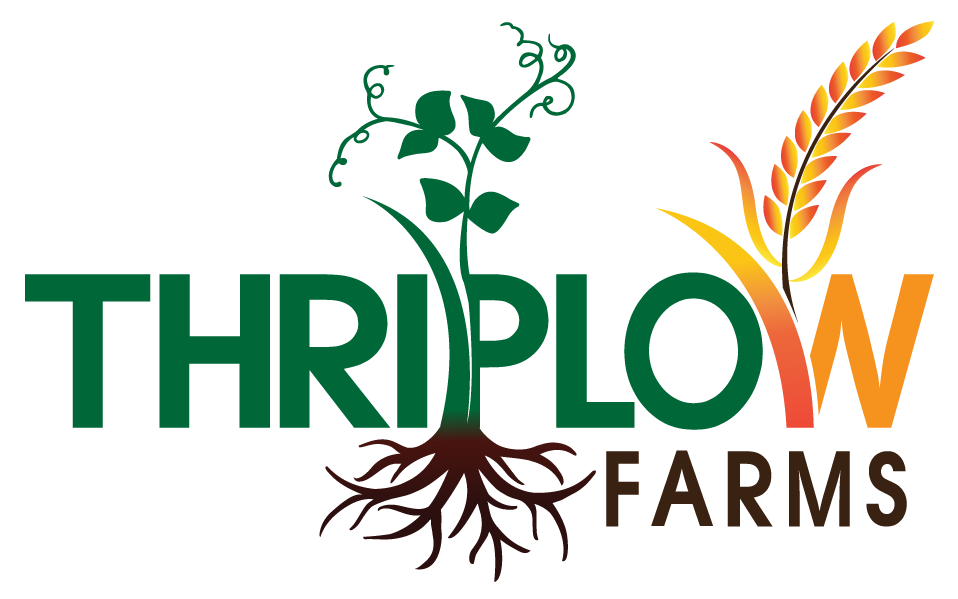WTFIH @ Thriplow Farms, March 2019
It’s been a month now since we planted the barley and oats which I discussed in the last newsletter. Back then I said it should be fine as long as we don’t get any particularly cold weather. Unfortunately that did come to pass, with a few nights dropping to minus five. I’m hoping that we have still gotten away with it, but the situation is certainly not ideal. Both the oats and the barley have germinated, and have roots and shoots growing, but taking so long to emerge from the ground is not a good start to their lives. Thankfully, there has not been too much rain - which can make the seeds rot - and the temperatures are set to increase significantly in February. The barley which we planted after December harvested sugar beet looks very good, having managed to get going before the weather turned cold in January.Elsewhere on the farm, the oilseed rape is generally good, but with some poor areas. I received a nasty shock when checking a field adjacent to Thriplow church, when I found that there was serious damage from flea beetle larvae in just about every plant. These come from eggs laid by adult flea beetle in August and September, when they are laid on the ground around the plants. When the eggs hatch, the larvae make their way into the plant, and start to eat the stalks, and most seriously, the stems. There is nothing that can be done about it, so it’s a case of waiting and seeing how much the plant will be weakened. Fortunately, the news from every other field was much better, where although it is still easy to find the larvae, they are not nearly as abundant.Our wheat seems to have enjoyed the relatively mild and dry winter, although one field near Thriplow has suffered a surprise slug attack over Christmas, when I thought the danger had passed. We have probably lost 10-15% of the field, which just goes to show that you can’t let your guard down. At the other extreme of the farm, in Barrington, we have our best looking field of wheat. Unfortunately it is also our smallest field, at around four hectares. Soon it will be time to start putting the first little bits of fertiliser onto the oilseed rape, and some of the wheat which needs a kickstart. This really marks the start of the spring season, when the soils warm up and the crops can get going. From there, it’s only a few short months until harvest - again!
